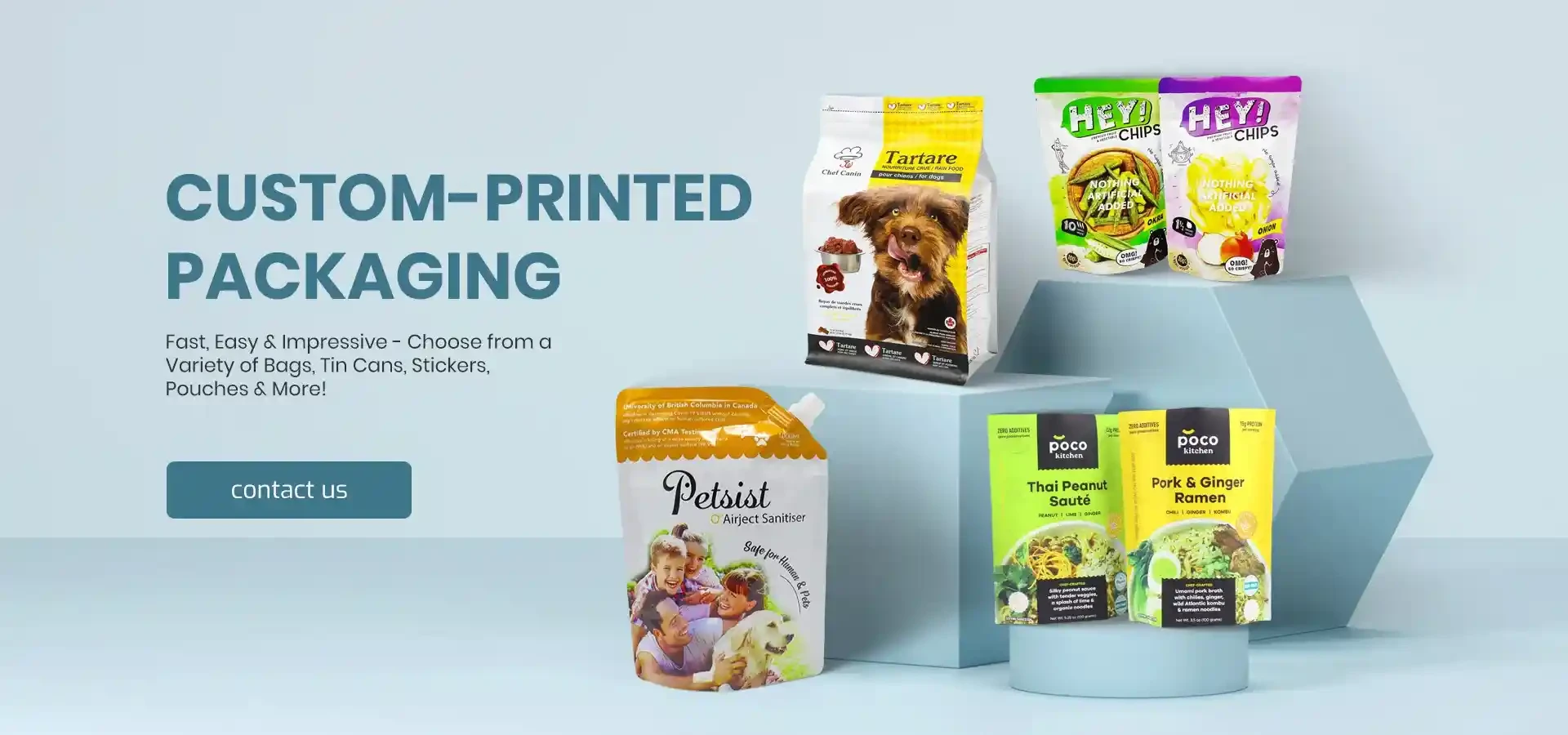- Afrikaans
- Albanian
- Amharic
- Arabic
- Armenian
- Azerbaijani
- Basque
- Belarusian
- Bengali
- Bosnian
- Bulgarian
- Catalan
- Cebuano
- chinese_simplified
- chinese_traditional
- Corsican
- Croatian
- Czech
- Danish
- Dutch
- English
- Esperanto
- Estonian
- Finnish
- French
- Frisian
- Galician
- Georgian
- German
- Greek
- Gujarati
- haitian_creole
- hausa
- hawaiian
- Hebrew
- Hindi
- Miao
- Hungarian
- Icelandic
- igbo
- Indonesian
- irish
- Italian
- Japanese
- Javanese
- Kannada
- kazakh
- Khmer
- Rwandese
- Korean
- Kurdish
- Kyrgyz
- Lao
- Latin
- Latvian
- Lithuanian
- Luxembourgish
- Macedonian
- Malgashi
- Malay
- Malayalam
- Maltese
- Maori
- Marathi
- Mongolian
- Myanmar
- Nepali
- Norwegian
- Norwegian
- Occitan
- Pashto
- Persian
- Polish
- Portuguese
- Punjabi
- Romanian
- Russian
- Samoan
- scottish-gaelic
- Serbian
- Sesotho
- Shona
- Sindhi
- Sinhala
- Slovak
- Slovenian
- Somali
- Spanish
- Sundanese
- Swahili
- Swedish
- Tagalog
- Tajik
- Tamil
- Tatar
- Telugu
- Thai
- Turkish
- Turkmen
- Ukrainian
- Urdu
- Uighur
- Uzbek
- Vietnamese
- Welsh
- Bantu
- Yiddish
- Yoruba
- Zulu
Effective Solutions for Oxygen Scavenging in Packaging Applications and Preservation Techniques
The Importance of Oxygen Scavengers in Packaging and Preservation
In today's fast-paced world, the preservation of food and other perishable products is crucial. One innovative solution employed in the packaging industry to extend the shelf life of products is the use of oxygen scavengers. These materials absorb oxygen from their surroundings, thereby preventing oxidation, spoilage, and degradation of the packaged goods. Understanding the role and functionality of oxygen scavengers is essential for ensuring the quality and longevity of various products.
Oxygen scavengers work by chemically reacting with the oxygen present in the package. They typically contain reducing agents, such as iron powder, that react with oxygen to form stable, non-harmful compounds. This reaction not only reduces the oxygen concentration within the sealed environment but also helps to mitigate the growth of aerobic microorganisms, which require oxygen to thrive. As a result, the use of these scavengers effectively slows down the deterioration of food products, extending their freshness and nutritional value.
The benefits of using oxygen scavengers extend beyond food preservation. They are also crucial in the packaging of pharmaceuticals, electronics, and other sensitive products. For instance, many medications can lose their effectiveness when exposed to oxygen, humidity, or light. By incorporating oxygen scavengers into their packaging, manufacturers can ensure that their products maintain their integrity and efficacy throughout their shelf life.
The application of oxygen scavengers is particularly beneficial in modified atmosphere packaging (MAP), a technology frequently used in the food industry
. MAP involves altering the composition of gases within the package to create an environment that inhibits spoilage. By integrating oxygen scavengers into MAP systems, producers can maximize the effectiveness of the gas exchange process, providing an even higher level of protection against oxidation and spoilage.oxygen scavenger

Oxygen scavengers come in various forms, including sachets, labels, and film inserts, catering to different packaging needs. Their versatility allows them to be utilized in a wide range of products, from vacuum-sealed meats to baked goods, snack foods, and even beverages. Additionally, manufacturers can tailor the scavenger's absorption capacity and release rate according to specific packaging requirements and the anticipated shelf life of the product.
Sustainability is also a significant consideration in the manufacturing of oxygen scavengers. Many companies are now developing biodegradable and renewable options, aligning with global efforts to reduce plastic waste and promote environmentally friendly practices. By opting for sustainable materials, companies not only improve the quality of their products but also contribute to a healthier planet.
However, the use of oxygen scavengers requires careful monitoring and regulation to ensure their safety and effectiveness. Some materials can produce byproducts that may not be suitable for certain applications, especially in food packaging. As such, it is vital for manufacturers to comply with industry standards and perform thorough research before integrating oxygen scavengers into their products.
In conclusion, oxygen scavengers represent a significant advancement in packaging technology, providing essential benefits for the preservation of food and other perishables. Their ability to absorb oxygen and inhibit spoilage not only enhances product quality but also extends shelf life, reducing waste and improving consumer satisfaction. As the demand for long-lasting and safe products continues to rise, the role of oxygen scavengers in various industries will only become more critical, paving the way for innovative packaging solutions that meet the evolving needs of consumers.













